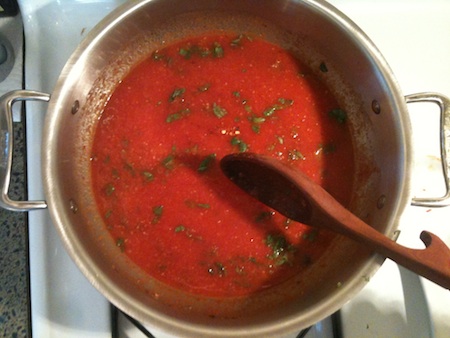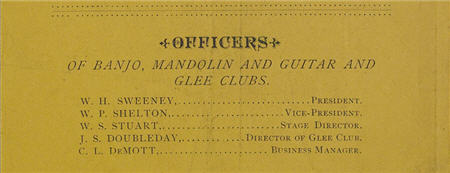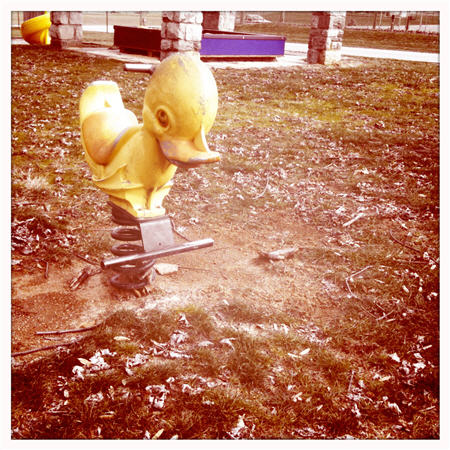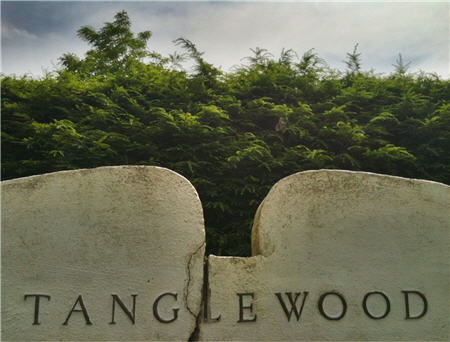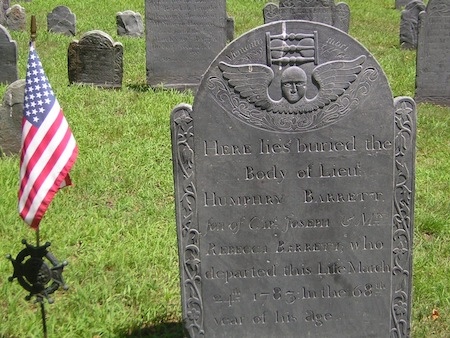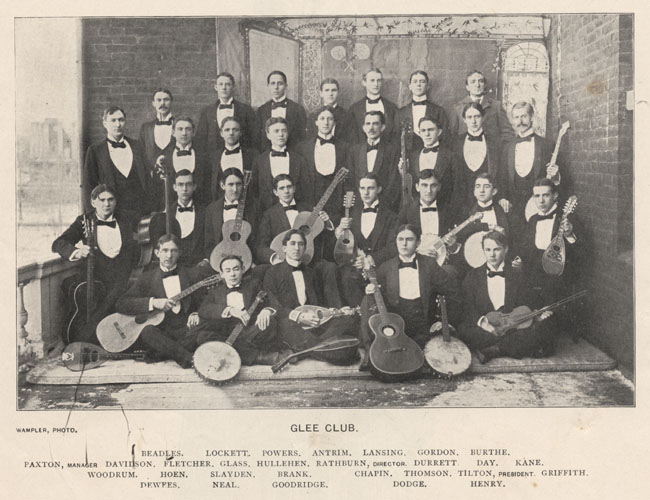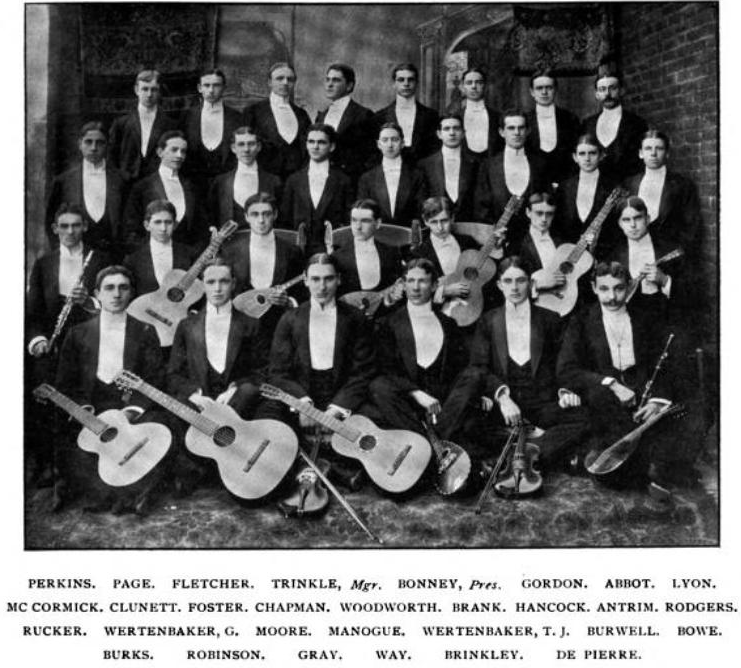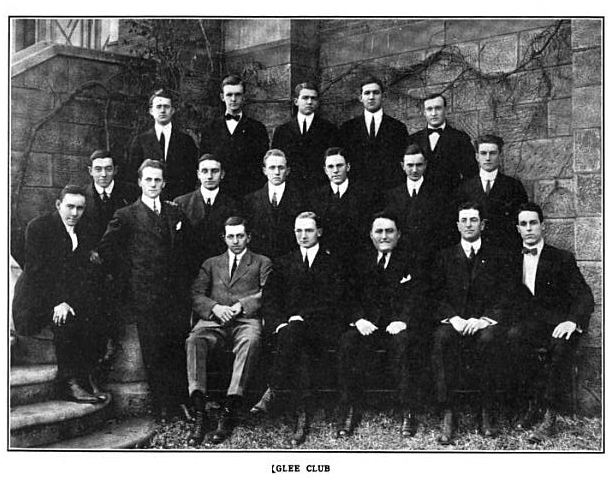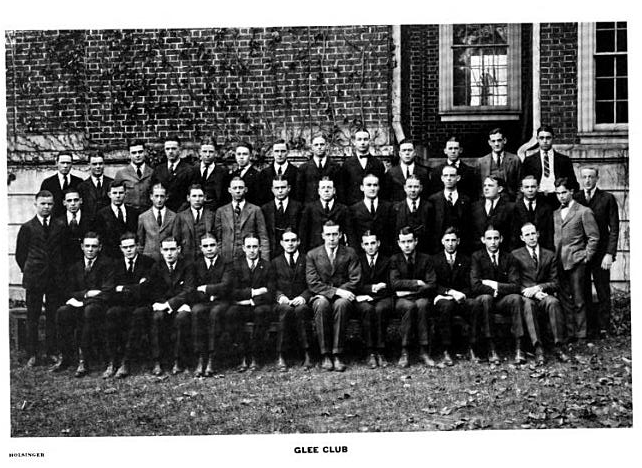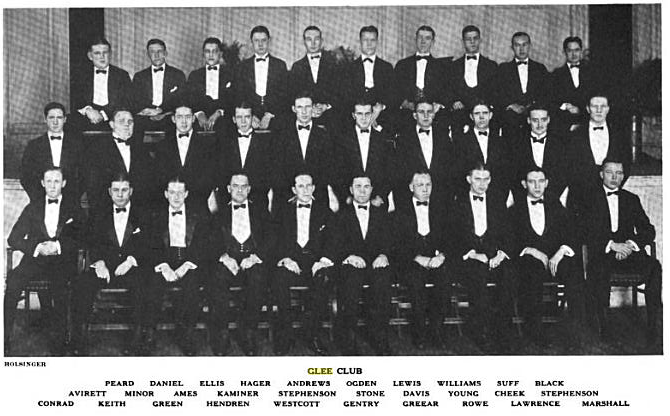Well, here we are again, in the middle of a storm. So far, knock wood, it’s been a lot of rain and very little wind, but this will be the day that Massachusetts really gets it. So I threw together some music to weather the hurricane by.
- A Hard Rain’s A-Gonna Fall – Bob Dylan (The Freewheelin’ Bob Dylan)
- Rain In the Summertime – The Alarm (Eye of the Hurricane (Remastered))
- Goodnight Irene – Tom Waits (Orphans: Brawlers, Bawlers & Bastards)
- Florida Hurricane – St. Louis Jimmy (Chess Blues 1947-1952)
- Goodnight Irene – Johnny Cash (Sun Recordings)
- I Can’t Stand The Rain – Ann Peebles (The John Peel Singles Box)
- The Rain Song – Led Zeppelin (Led Zeppelin Remasters)
- Rain – The Beatles (Past Masters, Vol. 2)
- Have You Ever Seen The Rain? – Creedence Clearwater Revival (Pendulum)
- Devil Sent The Rain – Charlie Patton (Founder of the Delta Blues)
- In The Rain – The Dramatics (The Stax Story: Finger-Snappin’ Good [Disc 3])
- When It Rains, It Really Pours – Elvis Presley (The King of Rock ‘n’ Roll: The Complete 50s Masters)
- Rain (Falling From The Skies) – Frank Sinatra (The Complete Capitol Singles Collection)
- Comes a Hurricane – Shannon Worrell (The Honey Guide)
- Irene – Lead Belly (Where Did You Sleep Last Night?)
- Ballet For A Rainy Day (2001 Digital Remaster) – XTC (Skylarking)
- Blowin’ In The Wind – Bob Dylan (The Freewheelin’ Bob Dylan)
- Wild Is The Wind – Cat Power (The Covers Record)
- The Wind – PJ Harvey (Is This Desire?)
- Sauget Wind – Uncle Tupelo (Still Feel Gone)
- Rain Please Go Away – Alison Krauss (Lonely Runs Both Ways)
- Dry the Rain – The Beta Band (The Three EP’s)
- It Can’t Rain All the Time – Jane Siberry (City (collaborations))
- Goodnight Irene – Robert Cage (Can See What You’re Doing)

